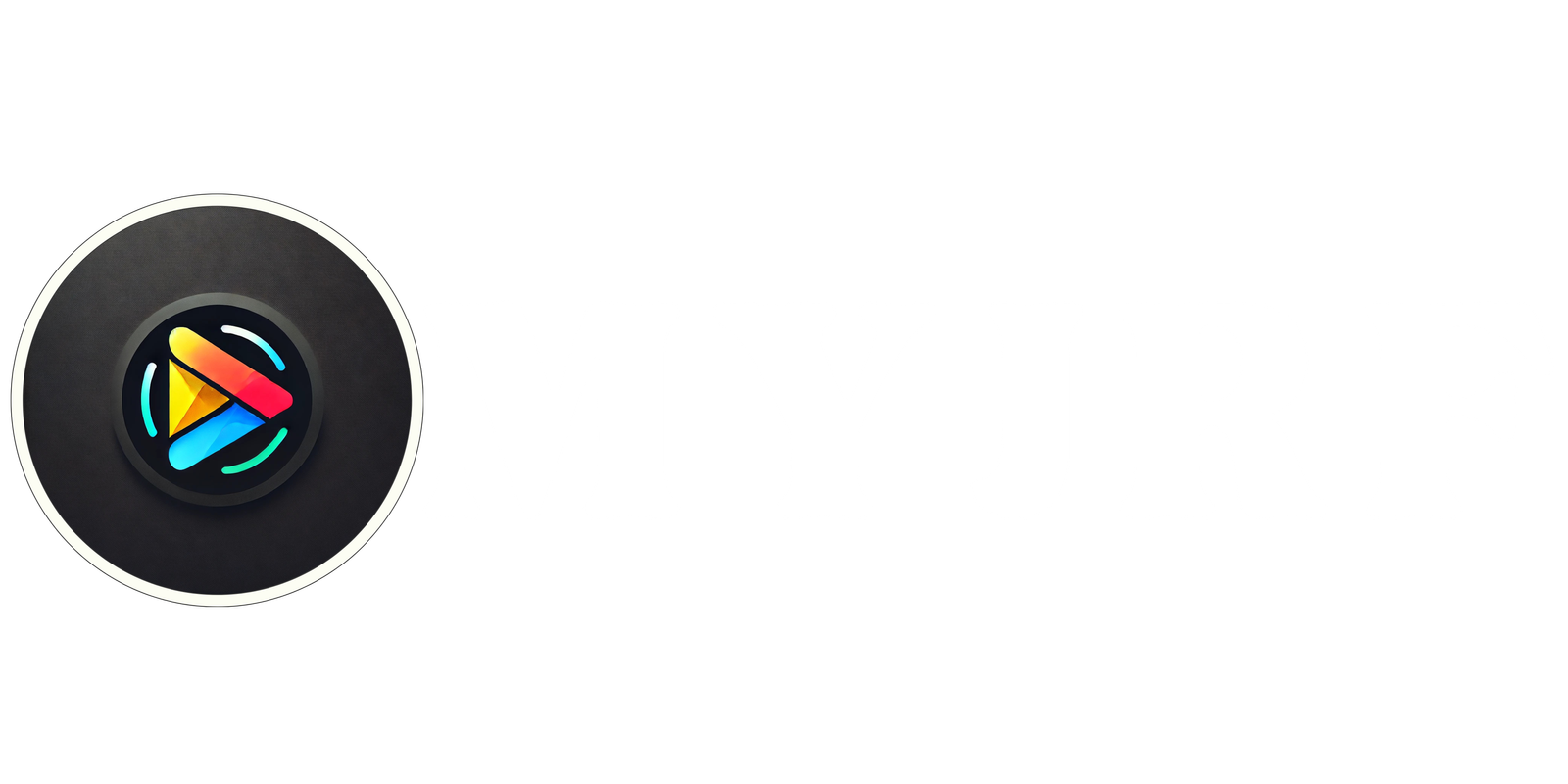“The roots of education are bitter, but the fruit is sweet.” – Aristotle
In today’s education, we often focus on tests and sitting still. But Socratic teaching offers a different path. It brings critical thinking, lively discussions, and deep learning. As we face new challenges in UGC NET Education, we must go back to the timeless wisdom of Socratic methods.
Key Takeaways
- Explore the integration of Socratic wisdom in contemporary education
- Understand the foundations of dialogic learning and its relevance to UGC NET Education
- Discover the importance of interactive teaching methods in fostering critical thinking and engagement
- Highlight the potential of Socratic dialogue to revolutionize modern classroom dynamics
- Gain insights into the practical implementation of Socratic teaching methodologies
Understanding the Foundations of Socratic Teaching Methods
The Socratic method is named after the ancient Greek philosopher Socrates. It’s a powerful way to teach and learn. This method focuses on critical thinking and talking through ideas. It’s still used today in many schools.
Origins and Historical Development
In ancient Athens, Socrates used questions to teach his students. He wanted them to find truth and question their beliefs. This was different from the usual teaching methods of the time.
Core Principles of Socratic Dialogue
- Question-driven inquiry: The Socratic method uses questions to help learners find knowledge on their own.
- Critical thinking: It teaches students to think deeply, question assumptions, and challenge their own beliefs.
- Collaborative exploration: It creates a team effort where students and teachers work together to learn and solve problems.
Modern Interpretations and Applications
Today, the Socratic method is used in new ways. It fits with modern teaching ideas and learning theories. Teachers use it to encourage critical thinking and active learning.
“The Socratic method is not about finding the right answer, but about asking the right questions.”
The Socratic method is still important today. It helps students become curious and engaged in their learning. It makes them active learners in their own education.

The Role of Dialogic Learning in Contemporary Education
Dialogic learning is changing education today. It’s based on the Socratic method and makes learning more inclusive. It lets students take an active role in their education.
This method is great for inclusive education. It encourages discussions and teamwork. Teachers help students share their views, making sure everyone is heard.
It also fits well with today’s educational goals. It focuses on students and critical thinking. This makes it a key tool for 21st-century learning.
Dialogic learning also helps teachers grow. It teaches them to lead discussions well. This makes classrooms more lively and engaging for students.
In short, dialogic learning is very important today. It makes education more inclusive, follows current trends, and helps teachers improve. It’s changing how we teach and learn.

| Benefit | Description |
|---|---|
| Inclusive Education | Dialogic learning fosters an environment where diverse perspectives are valued and integrated, ensuring that all students have a voice in the classroom. |
| Alignment with Educational Policies | This approach aligns with contemporary educational policies that emphasize student-centered learning and the development of critical thinking skills. |
| Teacher Professional Development | Dialogic learning empowers educators to create dynamic and engaged learning environments, enhancing their ability to facilitate meaningful discussions. |
“Dialogic learning is not just a teaching method, but a transformative approach that empowers students and educators alike to become active participants in the pursuit of knowledge.”
As education changes, dialogic learning becomes more important. It offers a way to make learning more inclusive and engaging for everyone.
Essential Components of UGC NET Education Through Socratic Methods
Teachers aim to boost critical thinking in UGC NET students. They use Socratic teaching methods to do this. This method focuses on asking good questions to spark deep thinking and engagement.
Question Formation Techniques
Creating great questions is key in Socratic teaching. Teachers need to ask open-ended questions. These questions make students think deeply, analyze, and share their thoughts.
This method helps students move beyond just remembering facts. It prepares them for the UGC NET exam and more.
Critical Thinking Development
Socratic dialogue helps grow critical thinking, a key part of UGC NET. Teachers use questions to make students think differently. They learn to question, explore, and reflect.
This way, students get better at critical thinking. They’re ready for the challenges of the UGC NET exam.
Assessment Frameworks
| Assessment Type | Objective | Example |
|---|---|---|
| Socratic Questioning | Evaluate critical thinking and reasoning skills | Posing open-ended questions that require in-depth analysis and justification of answers |
| Reflective Essays | Assess self-awareness and metacognitive abilities | Prompting students to reflect on their learning process and personal growth |
| Collaborative Discussions | Measure communication and teamwork skills | Facilitating group discussions where students engage in constructive dialogue |
By using Socratic methods, UGC NET teachers create a lively learning space. This space helps students grow in critical thinking, problem-solving, and communication. These skills are important for the UGC NET exam and more.
Creating an Interactive Learning Environment
Creating an engaging learning space is key for Socratic dialogue in today’s classrooms. Using educational technology and teaching methodologies for inclusive education helps. This makes the classroom a dynamic and collaborative place.
Interactive whiteboards, digital tools, and online platforms are great for this. They help with real-time talks, active learning, and easy sharing. Adding multimedia like videos and simulations makes learning more fun for everyone.
It’s also important to use inclusive teaching methods. Letting students ask questions and share their thoughts makes them feel involved. This approach values everyone’s ideas and helps create a supportive classroom.
“The Socratic method is not about the teacher; it’s about the students and their engagement with the material.”
By mixing educational technology, teaching methodologies, and inclusive education strategies, teachers can make learning fun and interactive. This supports Socratic dialogue and helps all students succeed.
Developing Effective Questioning Strategies for Classroom Engagement
In today’s teaching world, making great questions is key. Good questions spark curiosity, encourage thinking, and help students understand better. By learning to ask open-ended questions and manage answers, teachers can make learning fun and interactive.
Open-ended Question Design
Creating deep, open-ended questions is vital for learning through dialogue. These questions push students to think deeply and share their thoughts. By starting with “how,” “why,” or “what if,” teachers can lead to meaningful discussions and critical thinking.
Follow-up Question Techniques
Knowing how to ask follow-up questions is also crucial. These questions help teachers explore students’ answers further and guide the conversation. By moving smoothly from initial questions to follow-ups, teachers can create a lively and thought-provoking classroom.
Student Response Management
Handling student answers well is key to a lively classroom. Teachers need to value and validate what students say while steering discussions when needed. Using techniques like wait time and group discussions helps all students feel included and valued.
“The art of teaching is the art of assisting discovery.” – Mark Van Doren
By getting good at questioning and managing answers, teachers can make learning exciting and interactive. This approach encourages critical thinking, teamwork, and prepares students for the future. It’s a way to make learning meaningful and lasting.
Integrating Technology with Socratic Teaching Methods
In today’s world, technology is a big part of learning. It helps teachers improve the Socratic teaching method. With digital tools, classrooms can become places where students think deeply and talk meaningfully.
Online forums and collaborative platforms are key in using technology for Socratic teaching. They let students talk and learn together anytime, anywhere. This makes learning active and ongoing, not just in class.
Technology also helps students get ready for UGC NET Education. Tools like interactive whiteboards and video software make lessons fun and easy to understand. This mix of old and new teaching methods makes learning exciting for everyone.
Teachers need to pick the right technology for Socratic teaching. They must know what students need and how technology can help. This balance between old and new teaching methods opens up new ways for students to learn and think critically.
| Digital Tools for Socratic Teaching | Benefits |
|---|---|
| Online Discussion Forums | Promote asynchronous dialogues, encourage critical thinking, and facilitate continuous learning |
| Interactive Whiteboards | Enhance the delivery of Socratic lessons, making them more engaging and visually appealing |
| Video Conferencing Software | Enable remote Socratic discussions, allowing for broader participation and flexibility |
| Multimedia Presentations | Engage students and support the delivery of complex concepts through visual aids and interactive elements |
By combining technology with Socratic teaching, teachers can make learning fun and effective. This approach helps students think critically and prepares them for UGC NET Education and more.
Addressing Diverse Learning Needs Through Dialogic Approaches
The Socratic method is a great way to make education inclusive. It helps teachers create a space where everyone can learn and grow. This approach makes sure all students feel included and valued.
Customization Strategies
Using a personalized method is crucial for the Socratic method to work. Teachers can adjust their teaching to fit each student’s needs. This means changing how they ask questions, the speed of discussions, and the materials used.
This flexible approach helps teachers meet the needs of different learners. It makes sure everyone can learn in their own way.
Inclusive Discussion Techniques
- Encouraging active participation from all students, regardless of their academic strengths or challenges.
- Fostering a safe and supportive environment where diverse perspectives are welcomed and respected.
- Utilizing inclusive language and avoiding biases that could marginalize certain groups.
Differentiated Learning Applications
The Socratic method is perfect for teaching in a way that meets each student’s needs. Teachers can use different methods like group discussions, multimedia, and hands-on activities. This way, all students can engage with the material in a meaningful way.
Using dialogic approaches in UGC NET Education helps teachers create inclusive classrooms. These classrooms help all learners grow, no matter their differences. By following inclusive education, learning theories, and educational psychology, teachers can make the Socratic method work best. This leads to a dynamic and collaborative learning space.
Measuring Success and Student Progress in Dialogic Learning
It’s key to check if dialogic learning works well in today’s classrooms. Teachers use special ways to see how students are doing. This helps them know if these new teaching methods are helping.
Teachers use special tests to see how well students think and learn. They watch how students talk and share ideas. This helps teachers improve their teaching and help students more.
Teachers also use big tests to see if students really understand what they’ve learned. These tests ask students to use what they know in real-life situations. This shows if they can apply what they’ve learned, not just remember it.
FAQ
What is the role of Socratic wisdom in contemporary education?
Socratic wisdom brings dialogic learning into today’s classrooms. It makes learning interactive, promoting critical thinking and engagement. This method meets the changing needs of UGC NET Education.
How do Socratic teaching methods compare to traditional educational approaches?
Socratic teaching focuses on open-ended questions and group discussions. It’s different from traditional lectures. This approach encourages students to think deeply, question assumptions, and understand subjects better.
What are the core principles of Socratic dialogue?
Socratic dialogue seeks truth through questions and acknowledges ignorance. It builds knowledge together. These principles help students think critically and learn deeply.
How can Socratic methods be integrated into curriculum design and assessment strategies?
Socratic methods fit well into curriculum design. They use open-ended questions, critical analysis, and align assessments with dialogic learning. This makes learning active and shows understanding through dialogue and problem-solving.
What are the benefits of implementing Socratic teaching in the UGC NET Education context?
Socratic teaching boosts student engagement and critical thinking. It prepares students for exams by focusing on interactive learning. This approach helps students grow and meet education sector needs.
How can technology be leveraged to support Socratic teaching in the classroom?
Technology enhances Socratic teaching by making learning interactive. It supports discussions, collaborative learning, and personalized feedback. Digital tools make learning more engaging and accessible.
How can Socratic methods address diverse learning needs in the UGC NET Education context?
Socratic teaching adapts to different learning styles and abilities. It uses inclusive discussions, tailored learning, and ongoing assessments. This ensures all students can participate and show their understanding.
How can the success and progress of dialogic learning be measured in UGC NET Education?
Measuring dialogic learning’s success involves various assessments. Look at student performance on open-ended questions and collaborative projects. Also, track engagement, critical thinking, and overall learning outcomes. This helps improve education and teacher training.





